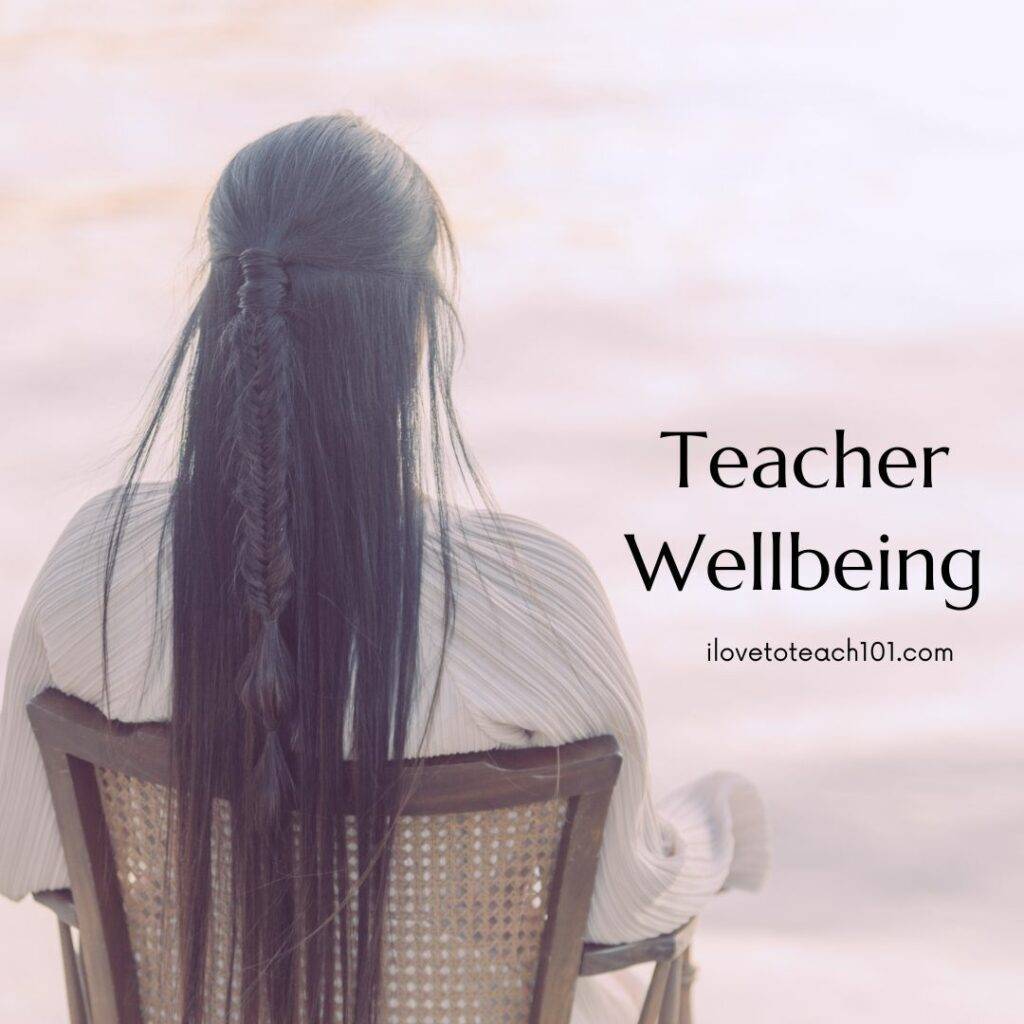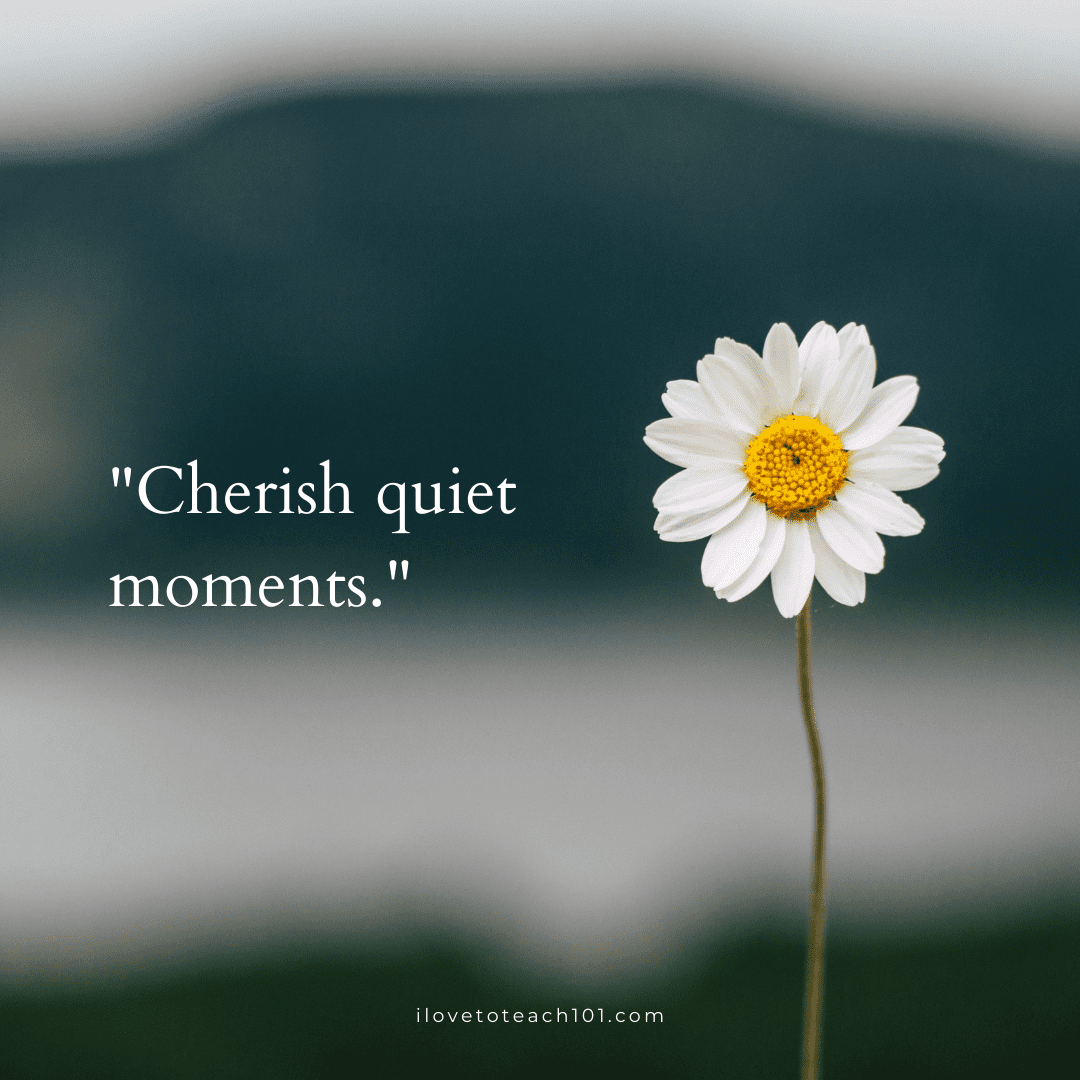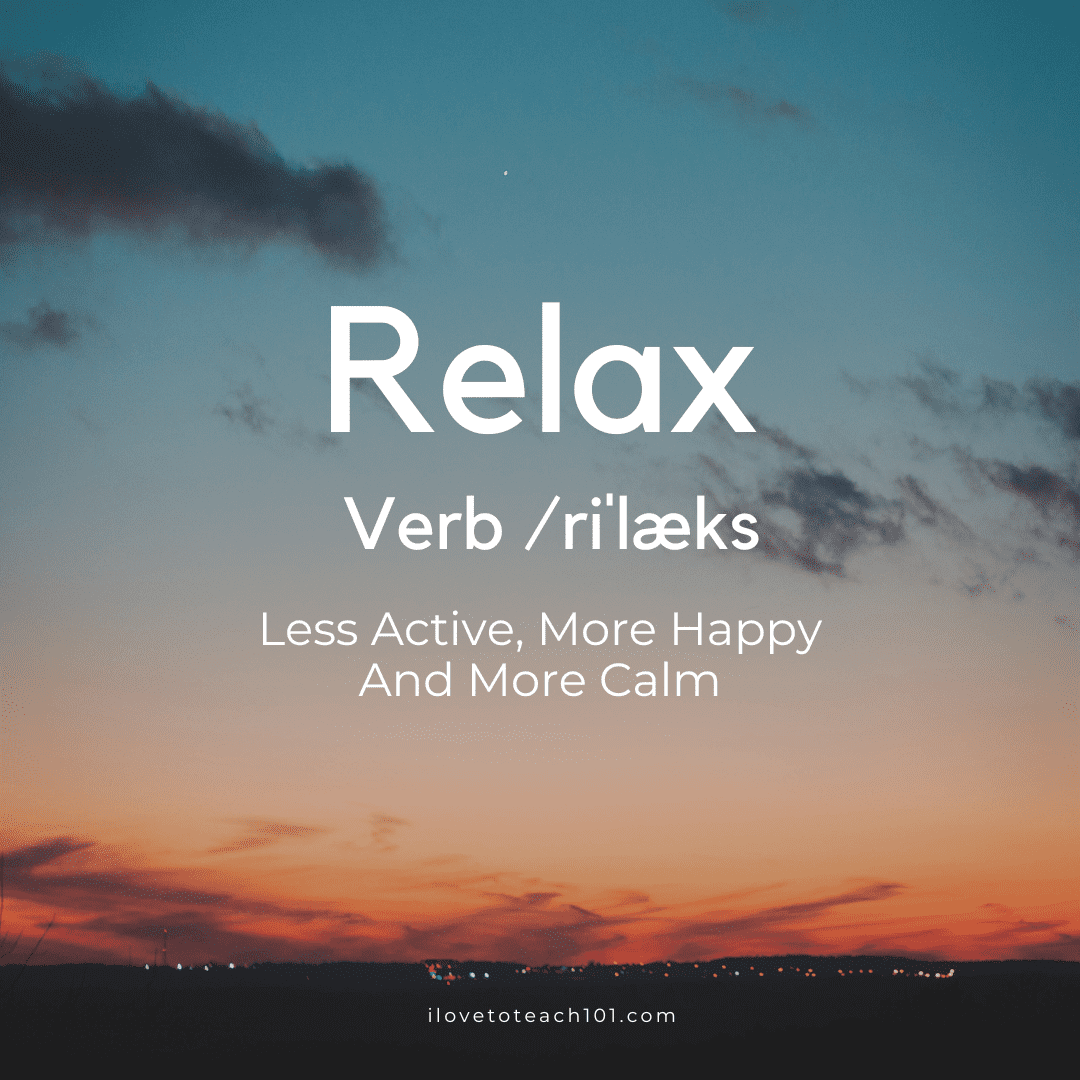How to Improve Teacher Wellbeing With Practical Strategies

Teacher wellbeing is vital for sustaining energy, enthusiasm, and effectiveness in the classroom. By incorporating practical steps that align with your teaching environment, you can create a balance that rejuvenates both your professional and personal life. Let’s explore strategies to improve teacher wellbeing through the lens of classroom organisation, art integration, and SEL practices
Flexibility is Key: Organising Your Work Environment
Flexibility during prep times can significantly enhance teacher wellbeing, especially when paired with an organised workspace. Imagine starting your day with a clean desk, labelled resources, and clear goals. These small organisational habits reduce stress and make it easier to navigate the unexpected.
Additionally, use your prep time wisely. Spend a few minutes catching up with colleagues in the staff room, sharing a laugh, or exchanging ideas. These moments of connection not only strengthen your sense of community but also recharge your energy, leaving you more focused when tackling your to-do list.
Art as Therapy: Creative Breaks for Teachers
Incorporating art-based activities into your day can provide a relaxing outlet for stress and inspire creativity. Whether it’s a quick doodle, journaling, or colouring, creative breaks can serve as a mental reset. Download our FREE Colouring Mandalas 1 for a quick and rejuvenating creative outlet designed specifically for teachers. See it pictured below in this soothing six-second video:
Set up a small art corner in your workspace with a sketchpad, coloured pencils, or even a mini canvas. Spending just 10 minutes creating something during a quiet moment can invigorate your mind and enhance your focus for the rest of the day.
SEL in Practice: Building Community and Wellbeing
Social-emotional learning (SEL) isn’t just for students—it’s a valuable tool for teachers too. Simple, heartfelt check-ins with colleagues, like leaving a kind note or sharing a thoughtful question, can significantly lift morale and strengthen bonds within the school community.
For example, a quick note like “Your creativity in yesterday’s lesson was inspiring!” can brighten a colleague’s day. These small gestures foster connections, creating a ripple effect of positivity that extends to your students.
Authenticity is key—these moments of care should come from a genuine place, reinforcing the idea that every interaction counts.
Quiet Moments: Organised Calm in the Chaos
Designating quiet moments in your day is a powerful way to sustain mental clarity and reduce stress. For example, starting your day with a brief reflection or incorporating a five-minute mindfulness session during lunch can help you recharge.
Organising these moments into your daily routine ensures they happen consistently. Keep a simple visual reminder on your desk or calendar to prioritise these calming pauses. These intentional breaks not only benefit your wellbeing but also model the importance of balance for your students.

Cultivating a Culture of Wellbeing: A Classroom-Centred Approach
Improving teacher wellbeing isn’t just about individual actions; it’s about creating a supportive environment within your school and classroom. Use your classroom as a space that reflects your wellbeing goals—organise it to promote calm and focus, integrate creative displays, and foster a positive atmosphere with SEL-inspired activities.
For instance, set aside a corner for student art or inspirational quotes that resonate with the values of self-care and mindfulness. These small touches can uplift both you and your students, creating a shared sense of purpose and positivity.

Launching a Legacy of Positive Wellbeing
Improving teacher wellbeing starts with small, manageable changes that fit seamlessly into your routine. By embracing flexibility, incorporating art, prioritising SEL practices, and finding moments of calm, you can create a sustainable balance that enriches your teaching journey.
So, which strategy will you try first? Whether it’s creating a more organised workspace, adding art into your day, or building connections through SEL, these steps will guide you toward a happier, healthier approach to teaching. Let’s lead by example, showing our students and colleagues that teacher wellbeing is the foundation of a thriving educational environment.
